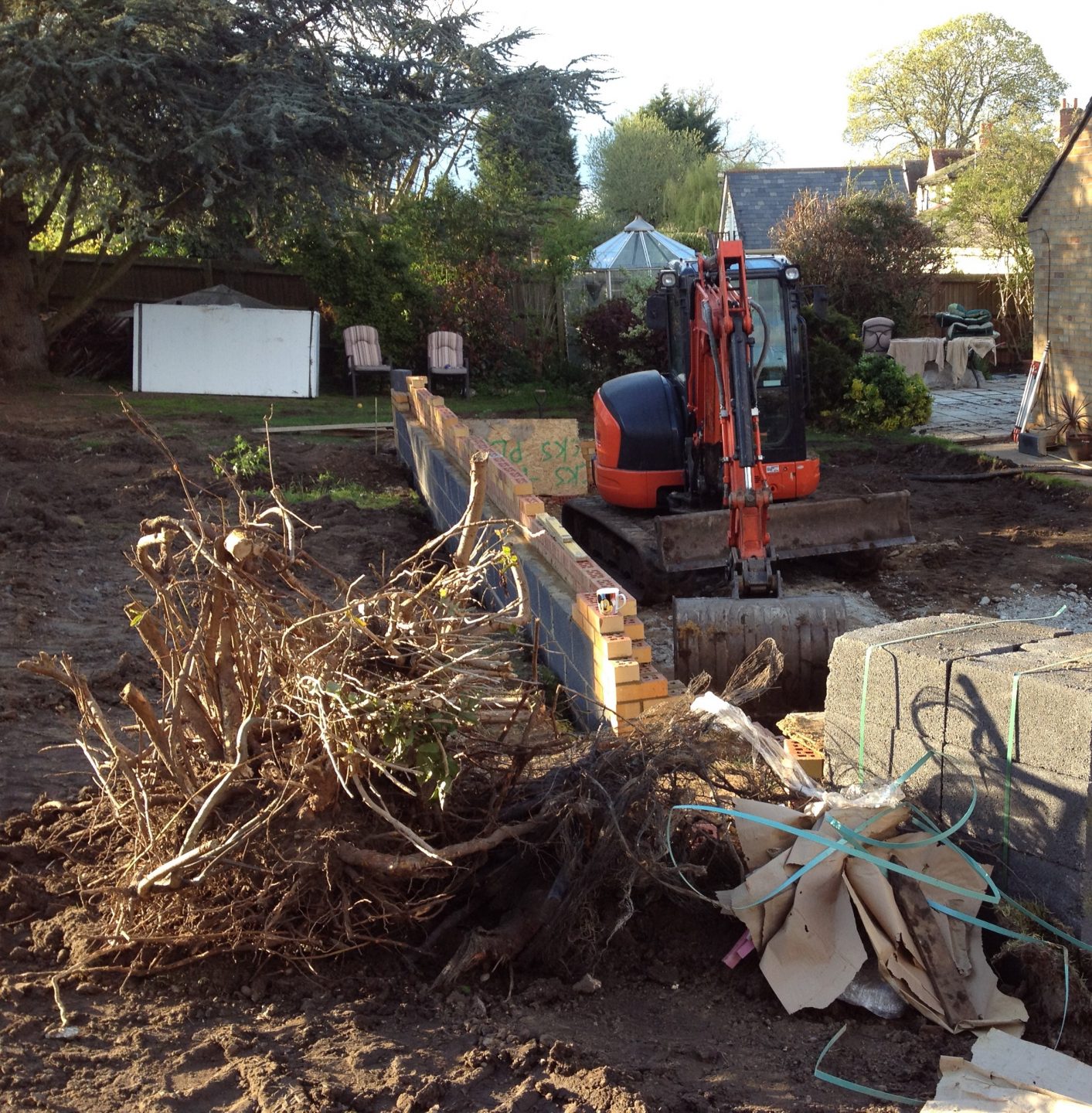Landscape design is much more than just planting a few flowers or trimming the lawn; it is a blend of art and science that converts outdoor spaces into functional and aesthetic environments. Whether you are enhancing your home’s exterior appearance or creating a friendly atmosphere for your business, investing in professionally designed landscaping can yield considerable returns. This guide will help you navigate the world of landscaping, presenting you to the many facets that play a key role in achieving a beautiful and healthy outdoor space.
From comprehending the advantages of hiring a landscaping service to exploring the most frequent errors and how to avoid them, this comprehensive guide covers all you need to be aware of. We will explore essential topics like lawn care and maintenance, garden design and plant selection, hardscaping, seasonal landscaping tips, and sustainable practices that make your yard not only visually appealing but also eco-friendly. Whether you are a do-it-yourselfer or thinking about enlisting professional help, we have ideas and tips that suit every level of expertise. Come along as we discover how to enhance your outdoor spaces and create a landscape that you can be happy with.
The Importance of Professional Landscaping
Putting money into professional landscaping offers homeowners and businesses not just aesthetic enhancements as well as significant monetary benefits. An effectively designed landscape design can enhance property value dramatically, with studies revealing that professional landscaping can add as much as fifteen percent to the overall worth of a home. Such an investment in external beauty not only lures potential buyers while it can also create a sense of pride and satisfaction for present owners.
Aside from boosting property value, engaging a landscaping service gives expertise that ensures both functionality and innovation in design. Expert landscapers offer knowledge of local weather patterns, soil types, and native plants, enabling them to create a landscape that thrives year-round. This level of expertise commonly results in landscapes that are both stunning while being sustainable and tailored to the specific needs of the environment, important for crucial for longevity and maintenance.
Additionally, expert landscaping frees up precious time for homeowners and business owners. The intricacies involved in design, plant selection, and ongoing maintenance can be daunting and time-consuming. By delegating these responsibilities to skilled landscapers, property owners can savor their outdoor space without the hassle, making sure that every element from lawn care to hardscaping is managed efficiently and effectively.
Fundamental Yard Maintenance Techniques
Caring for a thriving lawn requires ongoing attention and effort. One of the most important practices is consistent cutting. Maintaining your grass at the appropriate height not only boosts its aesthetic but also encourages root growth and limits weeds. It's essential to mow with well-maintained blades to ensure neat cuts, which can help avoid diseases. A general guideline is to avoid more than 33% of the grass height at once, as this can strain the grass.
Feeding is another critical element in lawn care. Using the suitable type of fertilizer, according to soil tests, helps in providing the essential nutrients your lawn needs to succeed. Timing is also important; usually, a spring application helps in recovery from the cold months, while autumn fertilization prepares the lawn for the impending colder months. Regularly testing your soil can allow you to understand nutrient deficiencies and fine-tune your fertilization schedule accordingly.
Irrigation plays a significant role in keeping your lawn lush and thriving throughout the year. Landscaping Services North Yorkshire watering practices, such as thoroughly watering less frequently, promote deep root systems that are better able to withstand drought. It's ideal to water early as this reduces evaporation and enables the grass to absorb moisture before the warmth of the day. Monitoring rainfall and modifying your watering schedule can greatly impact in maintaining a lush landscape.
Eco-Friendly Gardening Solutions
Implementing sustainable landscaping solutions is crucial for establishing a sustainable outdoor environment while improving the aesthetic of your property. Selecting local plants is a particularly efficient strategies; these species are adapted to the local climate and soil conditions, requiring less water and maintenance compared to non-native varieties. Native plants also promote biodiversity by offering habitats for local wildlife, such as pollinators and other beneficial insects, which adds to a healthier ecosystem.

Another key aspect of eco-friendly landscaping is the adoption of water-efficient methods, such as xeriscaping. This approach focuses on creating landscapes that minimize water consumption through the choice of drought-resistant plants and the careful placement of hardscaping features. Incorporating rain gardens and permeable paving can also help control stormwater runoff, allowing water to soak into the ground instead of contributing to erosion and pollution. These solutions not only reduce water use but also enhance the visual appeal of your yard.
Lastly, sustainable landscaping often features organic gardening techniques, such as composting and natural pest control. By using organic fertilizers and practicing integrated pest management, you can maintain a thriving landscape without depending on harsh chemicals. This not only supports the well-being of your plants but also protects local waterways and wildlife from harmful runoff. Adopting these eco-friendly landscaping solutions guarantees your outdoor space stays vibrant while reducing your overall environmental impact.
